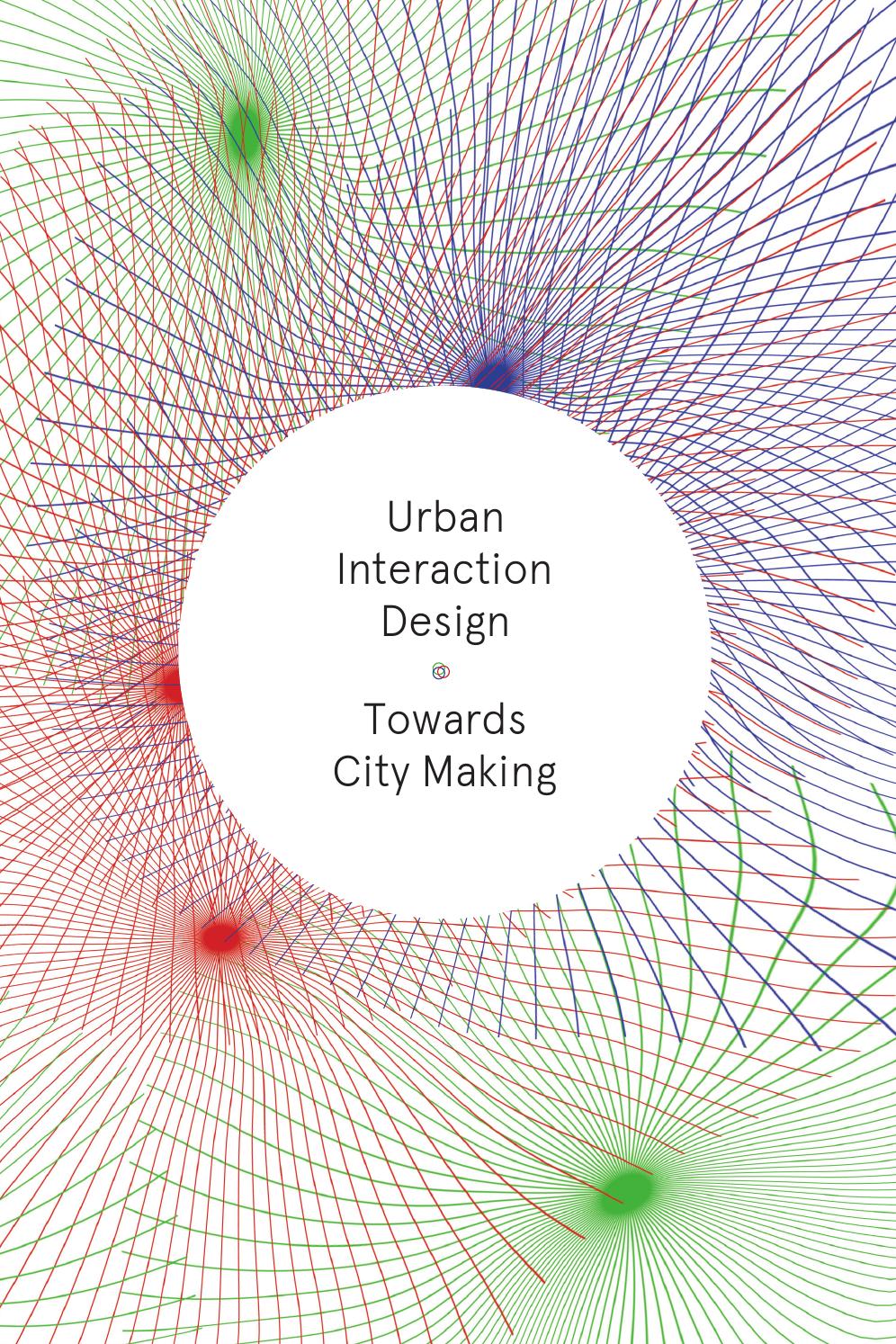A few months ago the team of the Urban IxD network invited The Mobile City to participate in a booksprint – a one week session in the secluded location of an old German Schloss – to contemplate the main challenges and directions for the newly emerging field of urban interaction design. It was a great and inspiring experience, and we wanted to share the result here in the hope that you find it useful as a starting point to carry on the discussion on how we can make use of digital media technologies in our cities beyond the smart city paradigm of efficiency and control.
The pdf can be downloaded here:
Urban Interaction Design: Towards City Making
What is Urban Interaction Design? Obviously, it has something to do with the three separate terms that make up the name of this emerging field. It’s about the interaction of humans with their urban surroundings.
But hasn’t that always been the core concern of urban planners?
Sure.
However, what we have observed is that ‘the making of the city’ is no longer just their concern. And no longer do their methodologies, expertise, and theories suffice to address the complex issues of the 21st century networked city. That’s why increasingly we see designers of all sorts, IT specialists, urban anthropologists,
philosophers, HCI researchers, artists and sociologists teaming up in coalitions that up to a few years ago were unthinkable.
Why? Call it the hybrid city, the sentient city, the media city, or whatever you want: what has changed in the last decade is the rapid technologisation of everyday urban life. It is through the interfaces of our mobile phones that we make sense of our
surroundings, at the same time connecting the local with the global.
Similarly, cities and governments have—often with the help of companies—started to collect all sorts of data about urban life, ranging from air quality to traffic congestion. Willingly
or unwillingly, pervasive technologies have become part of our everyday experience. Software is now organising urban life as much as the programme of urban designers.
This is the situation that urban interaction design is a response to. Its practitioners provide citizens with ways to make their everyday urban experiences more pleasurable, interesting, productive and efficient. At the same time they also design
the interfaces that help citizens to understand the salient features of the layers in the networked city, and let them organise themselves around these for whatever matters are of concern to them. They come up with platforms that help citizens govern their cities from a public interest perspective, in collaboration with other stakeholders.
It’s a field that is not just about producing services or tools that optimise urban life as it exists. An important part of it also consists of dreaming up alternative futures. The latter is of great importance. The rise of new media technologies opens up opportunities for citizens to organise themselves in communities or political movements to improve their cities.
Yet at the same time, there is also a risk that this new software layer and the interactive services geared towards the city will be
designed or appropriated in a closed manner that excludes particular uses or groups, or will prioritise economic profit above societal benefits.Urban Interaction Design: Towards City Making 5
What’s at stake here is not so much a battle between beautiful bottom-up and terrible top-down. Between the citizens and the system. Or between commercial and non-profit. Bottom-up initiatives can be exclusive or just seize resources for the benefit of their own group, bypassing democratic decision-making processes. And top-down initiatives can be aimed at improving transparency or providing the means for projects that benefit the urban community at large. What’s important is not so much the organisational structure of the project, but its rationale: in what way does the application of these new technologies serve human and societal needs?
The design of our cities and the way we govern them, and the tackling of complex or ‘wicked’ urban problems thus requires the need for an integrated approach that combines the knowledge of technology specialists, explorers of urban society, and people with strong competences in the fields of media, art and design—with a deep emphasis on the human scale.
Moreover, it’s not just enough to bring experts of various disciplines together. Developments in digital media have also democratised access to all kinds of tools, empowering organisations, companies and citizens in many ways to take matters
into their own hands. This means that a successful process of urban interaction design also needs to take these actors into account, not only as stakeholders, but also as potential co-creators, working with—and against—each other in voluntary or forced partnerships.
In short, urban interaction design is not only about the coming together of various disciplines in addressing urban developments, but also about finding new relations between professional designers, academics, policy makers and citizens, in a shift that we may describe as moving from a process of ‘city management’ to
one of ‘city making’.
This book is an effort to explore the newly emerging field of urban interaction design that addresses these issues. In the first part of the book, ‘Foundations’, we look into its origins. Where do its practitioners come from? How are they working together? What methodologies do they bring to the table? What are the key concepts they are addressing in their work? In the second part of the book
named ‘Trends’, we go into current developments in the networked city and how urban interaction design as a field addresses these. Taken together, these sections will not give the definite definition or overview of this field. But hopefully there’s enough in here to convincingly claim that the further development of the
field matters.

